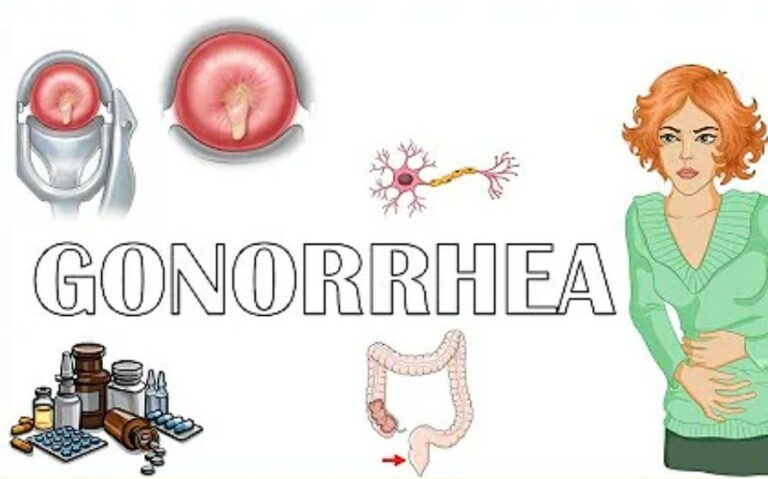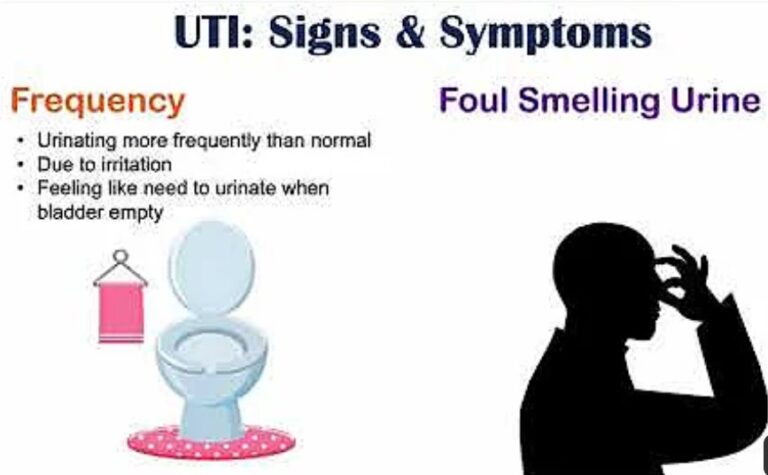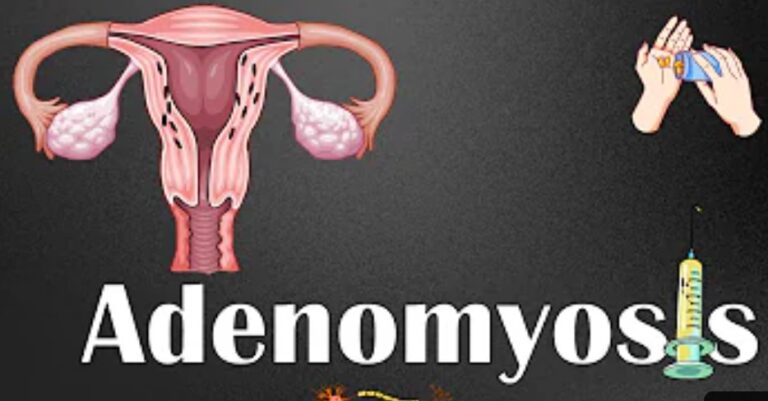Trigger Point Injections: Risks and Considerations
Trigger point injections are a type of medical treatment that involves injecting a local anaesthetic, saline, or a mixture of both into specific trigger points in the body. Trigger points are tightness and tenderness within muscles that can cause pain, stiffness, and a limited range of motion. Trigger point injections often treat chronic pain, tension headaches, fibromyalgia, and myofascial pain syndrome. This article will explore the benefits, risks, and considerations of trigger point injections as a treatment option.

Trigger Point Injections
Trigger point injections are performed by a healthcare provider, typically a physician or a nurse practitioner. The procedure involves locating the trigger point, usually palpable as a knot or tight band within the muscle, and then inserting a needle into the trigger point. The needle is typically attached to a syringe containing a local anaesthetic, saline solution, or a combination of both. The solution is then injected into the trigger point, which can help to relax the muscle, alleviate pain and stiffness, and improve the range of motion.
Benefits of Trigger Point Injections
There are several benefits to using trigger point injections as a treatment option. First and foremost, trigger point injections can be an effective way to manage chronic pain. The injection can help alleviate pain and improve overall function by directly targeting the trigger point. Additionally, trigger point injections can be a more targeted and less invasive option than other treatments, such as surgery or long-term use of pain medication.
Another benefit of trigger point injections is that they can provide immediate relief. While some patients may require multiple injections or additional treatments, many report feeling immediate relief following a trigger point injection. This can be especially beneficial for patients experiencing severe pain or limited range of motion.
Risks and Considerations
As with any medical treatment, some risks and considerations are associated with trigger point injections. One potential risk is infection at the injection site. While this is relatively rare, it is important for healthcare providers to follow proper sterilization procedures and for patients to monitor the injection site for any signs of infection, such as redness, swelling, or discharge.
Another consideration is the potential for allergic reactions. While local anaesthetics and saline are generally well-tolerated, some patients may have an allergic reaction to the solution used in the injection. Patients should discuss any allergies or sensitivities with their healthcare provider before undergoing a trigger point injection.
It is also important to note that trigger point injections may not be appropriate for all patients. For example, patients taking blood thinners or having bleeding disorders may have a higher risk of bleeding or bruising at the injection site. Patients with a history of severe allergies or other medical conditions may not be candidates for trigger point injections.
Preparing for a Trigger Point Injection
Patients considering trigger point injections should discuss the procedure with their healthcare provider to determine if it is an appropriate treatment option. Before the injection, patients may be asked to stop taking certain medications, such as blood thinners or nonsteroidal anti-inflammatory drugs (NSAIDs), which can increase the risk of bleeding or interfere with the effectiveness of the injection.
Patients should also discuss concerns or questions with their healthcare provider before the injection. This may include discussing the specific injection site, the solution used, and what to expect during and after the procedure.
After the Trigger Point Injections
Patients may experience soreness or discomfort following a trigger point injection at the injection site. Soreness is normal and should subside within a few days. Patients may also be advised to avoid strenuous activity or heavy lifting after the injection.
Patients must monitor their symptoms following the injection and report any concerns to
their healthcare provider. Sometimes, patients may require additional injections or other treatments to manage their symptoms.
Patients should know that trigger point injections are not a permanent solution for chronic pain or other conditions. While the injections can provide temporary relief, they do not address the underlying cause of the pain or condition. Therefore, patients may need to continue other treatments, such as physical therapy or medication management, to manage their symptoms long-term.
Alternatives to Trigger Point Injections
While trigger point injections can be an effective treatment option for some patients, they may not be appropriate or effective for all patients. There are several alternatives to trigger point injections that patients may consider.
One alternative is physical therapy, which can help to improve the range of motion and alleviate pain through stretching, exercise, and other techniques. Another alternative is medication management, including nonsteroidal anti-inflammatory drugs (NSAIDs), muscle relaxants, or other medications to manage pain and inflammation.
Other alternative treatments may include massage therapy, acupuncture, or chiropractic care. Patients need to discuss these options with their healthcare provider to determine if they are appropriate and effective for their specific condition.
Trigger point injections can be an effective way to manage chronic pain and other conditions. By directly targeting trigger points within muscles, the injection can help to alleviate pain and improve the range of motion. However, some risks and considerations are associated with trigger point injections, which may not be appropriate or effective for all patients. Patients should discuss the benefits, risks, and alternatives with their healthcare provider to determine if trigger point injections are an appropriate treatment option for their specific condition.





